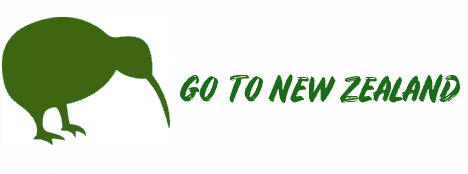The Marlborough region is located on the north eastern tip of New Zealand’s South Island. Unlike other regions, Marlborough is both a region and a political district; as such, Marlborough has a capital city, Blenheim, which lies in the valley of the Wairau River.
The region has four distinct geographic areas. The northern region of the Southern Alps form the mountainous communities to the south and west, while the valley of the Wairau River and the gentle coastline make up the east and north respectively. The townships along that Wairau River are the most populous in the area, while the mountains and coastline make for beautiful tourists destinations.
Marlborough was the first region to begin producing wine – the Sauvignon Blanc’s that came from the area in the 1970’s gave the industry the confidence to push forward – and is still one of the most important wine producing areas in New Zealand. The hot, sunny days and cool nights that are typical to this area give the grapes an aromatic flavour that cannot be reproduced naturally anywhere else in the world. Many critics agree that Marlborough produces the best Sauvignon Blanc in the world. The banks of the Wairau River are home to some of the best grapes in the world, making vineyards and wineries in the along the river an in demand tourist area.
Thanks to the high lands surrounding the area, this region is New Zealand’s sunniest, experiencing an average of 2400 hours of sunshine per year. Marlborough has an infamously dry climate. Winters are cool, with average temperatures ranging between ten and fifteen degrees Celsius (or fifty and sixty degrees Fahrenheit.) Frost, especially in the early morning, is common during winter.
Like many other regions in the South Island, the land is believed to have been settled by the Maori in the twelfth century. Captain James Cook first explored the land in 1770 and sixty years later, the first European settles established whaling stations along the shore. This is believed to have been the cause of much conflict between the Maori and Pakeha settlers.
According to the 2006 census, the Marlborough region has a population of 43 000. Despite the small and scattered population, there is a definite sense of community within the area. Churches, community theatre groups and public spaces such as parks are plentiful throughout the towns of Marlborough, and the region has the most Lion and Rotary Club members nationwide. Visitors to the region can expect a warm welcome from friendly people.
No trip to the region would be complete without seeing the famous Marlborough Sounds, a maze of sea drowned valleys that produces secluded bays and channels for swimming, fishing and water sports. The 4000 square kilometre area, known colloquially as The Sounds, stretches from Port Underwood in the east to D’Urville Island in the North. While much of The Sounds is safe for swimming, some spots experience strong currents and rough winds, so be sure to stick to the areas that are marked safe for swimming.
For a picturesque drive through the heart of The Sounds, try the Queen Charlotte Drive, from Havelock to Picton. There are also many baches and holiday houses available for rent.
Things to Do
- The region is home to many artists and writers and has several initiatives in place to promote local art. The Marlborough Millennium Art Gallery gives local artists a chance to display their work and takes pains to ensure a variety of mediums are represented, while the Marlborough Art Society has a purpose built complex in Blenheim that caters for professional and amateur artists.
- The area’s fascinating history is recreated in museums and heritage building throughout, from the Captain Cook museum in Picton to the old whaling station Kaikoura. The Marlborough Historical Society can provide you with more information.
- The Wairau Plain wineries might have the fancy reputation, but the vineyards in Awatere Valley and Kaikoura are worth seeing as well.
